How to Tell a Real Pearl Necklace - The Foolproof Guide

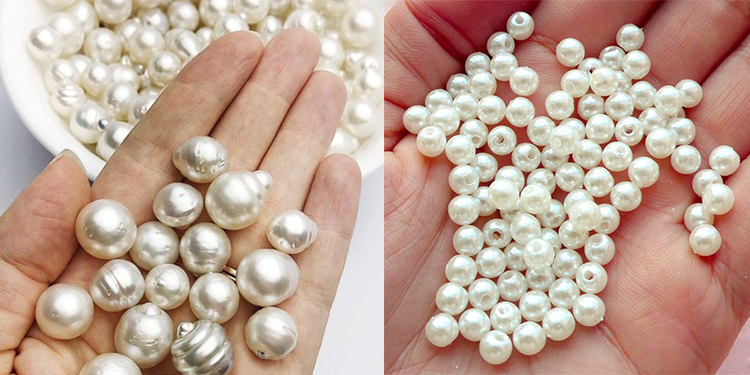
One must check if your pearl necklace is real or fake before buying or inheriting it. With so many imitation pearls on the market, it's easy to be deceived, and it's essential to determine the authenticity of a pearl necklace before investing in it. This foolproof guide will explore various methods for identifying real pearls, including visual inspection, weight testing, and more advanced techniques like refractometer tests. By the end of this guide, you'll understand how to tell a genuine pearl necklace from a fake one.
What are real pearls?

Real pearls occur naturally inside mollusks when a foreign object is introduced, prompting the animal to create layers of nacre around it. Over time, these layers build up and form a pearl. While natural pearls are highly valued for their rarity and unique beauty, cultured and freshwater pearls are also considered genuine. These pearls are created with human intervention by inserting a small bead or tissue into the mollusk to stimulate nacre production.
Three ways to tell if a pearl Necklace is real
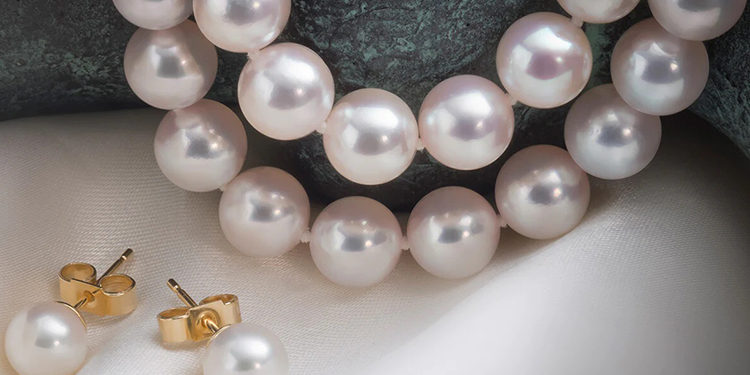
If you're buying a pearl necklace, consider the three ways below to tell if a pearl necklace is real.
Visual Tests
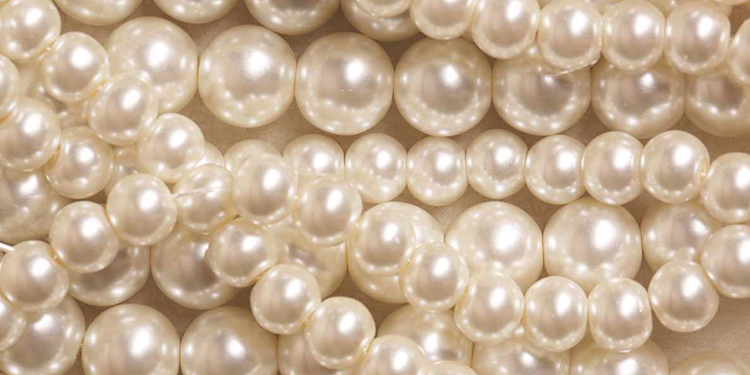
Examine the pearls closely for luster, color, or evenness.
Uniformity
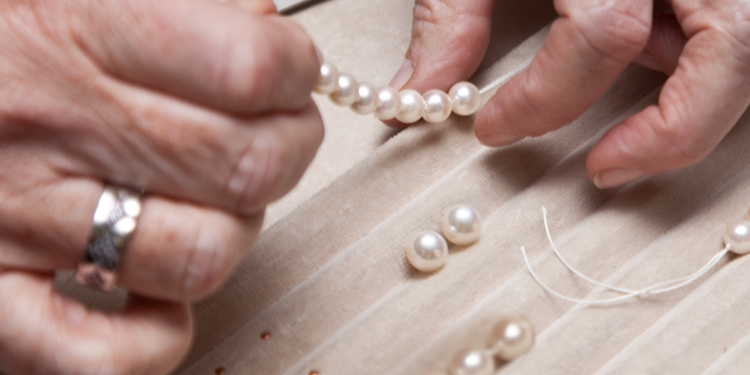
Real pearls exhibit a range of sizes and shapes, unlike fake pearls, which are uniform. Sift through the pearls and look for any variations. Real pearls will have slight variations in size and symmetry, while fake pearls will appear uniform and identical.
Color and overtone
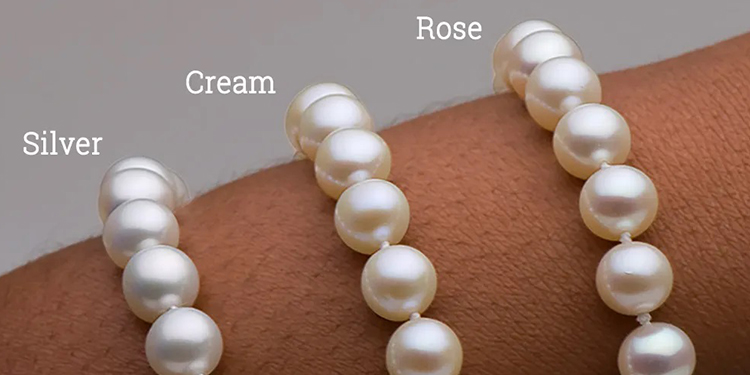
Authentic pearls have a smooth, natural color and a similar luster to a mother pearl's natural brightness. In comparison, fake pearls may have a discolored surface or be coated with a clear protective layer, resulting in a duller reflection than authentic pearls.
Check drill holes
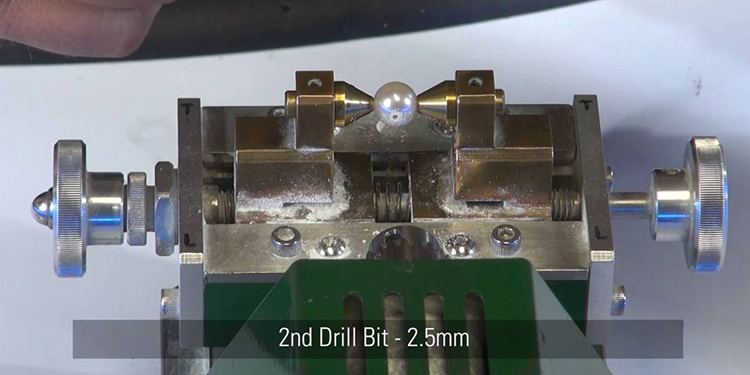
Real pearls will have smaller drill holes than fake pearls, and the coating around the drill holes of fake pearls will appear thin and shiny, resembling paint. Flakes or chipped coating may also be visible, indicating that the imitation pearl will likely peel over time.
Touch Tests
Rub against

Rub a few pearls together between your fingers and feel for friction. Real pearls have slightly uneven surfaces, resulting in slight friction. Fake pearls have smooth coatings and glide past each other without friction.
After rubbing, check your hands for any fine, powdery, white residue. This indicates that the outer layers of the pearls have eroded slightly, a common characteristic of real pearls.
Teeth test
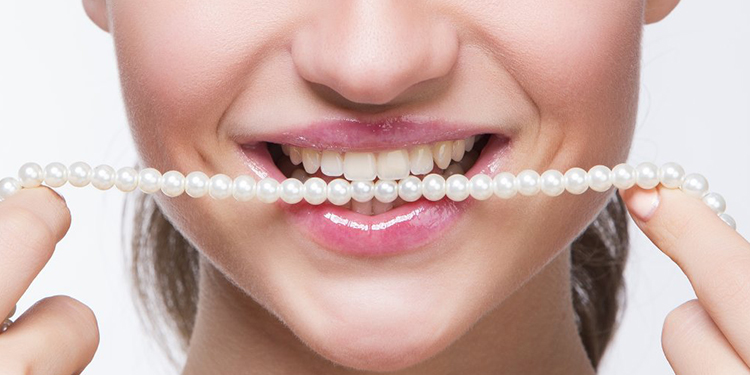
Rub one or two pearls against the biting edge of your front teeth; you can feel their texture. Real pearls will have tiny scale-like imperfections in their outer layers, giving them a slightly gritty feel, while fake pearls made from plastic or glass will be nearly smooth.
Weigh
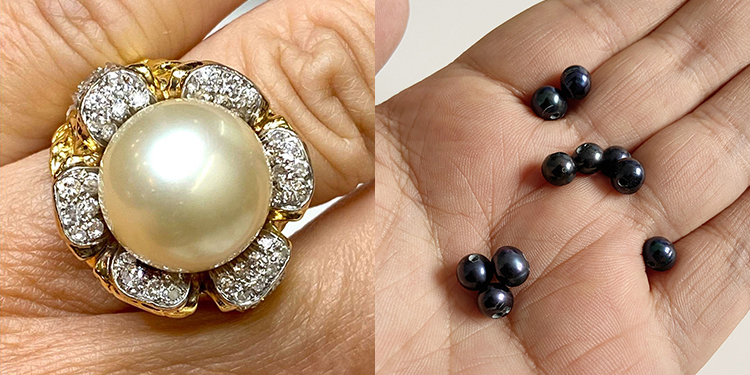
Pearls can be weighed by bouncing them in the palm of your hand. Genuine pearls tend to feel heavier than their size, while fake pearls, particularly those made of plastic, tend to feel light and fragile.
Temperature
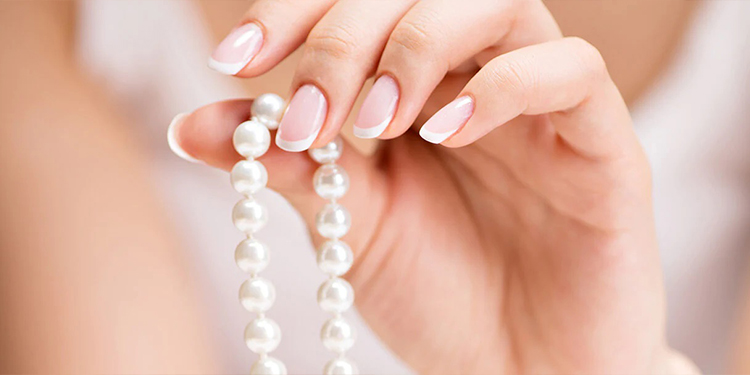
Real pearls should feel cool against your skin for a few seconds before warming up. Plastic pearls will be at room temperature and warm up quickly.
Note: Use pearls that have been stored, not ones in contact with your skin.
Advanced Tests
Get your pearls appraised by an expert
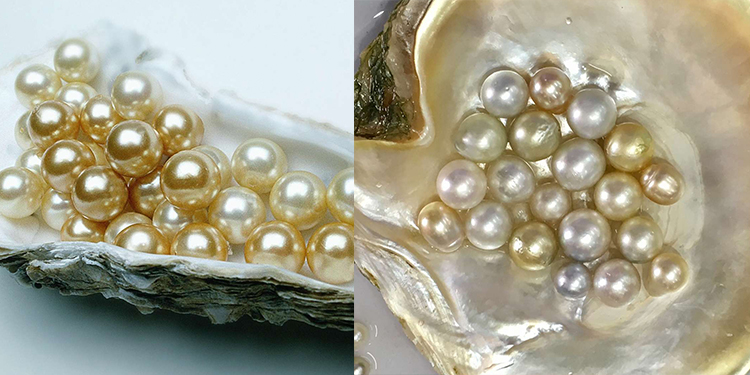
Consult a reputable jeweler or gemologist. These experts possess the necessary equipment, knowledge, and expertise to accurately determine whether a pearl is genuine and to assess its quality (high or imitation).
X-radiograph test
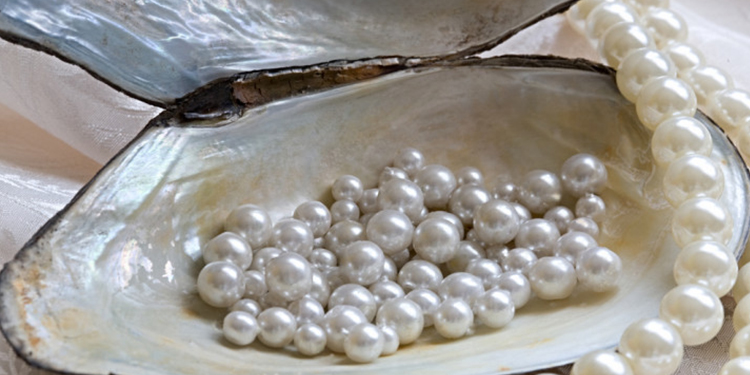
The X-radiograph test is performed by an expert using an X-ray machine. Real pearls will appear as semitransparent grey on the X-ray, while fakes will appear as solid black on the positive and solid white on the negative print.
Refractometer test
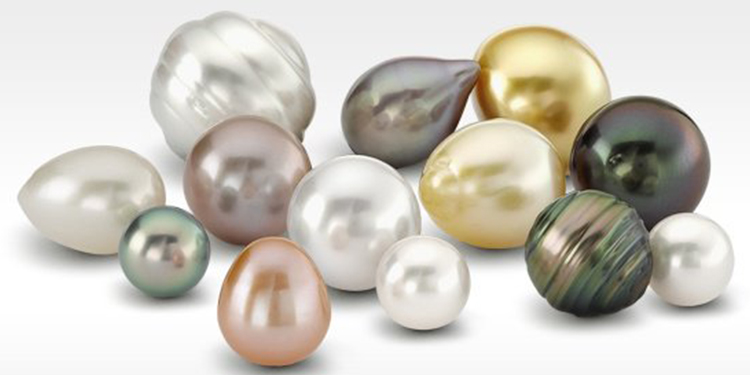
The refractive index test measures the amount of light passing through the pearl to establish authenticity. Pearls typically have a refractive index of 1.530 to 1.685, and their birefringence, or the difference between these values, affects their appearance. These factors are indicators of a genuine pearl to an expert.
How to clean the real pearl necklace?
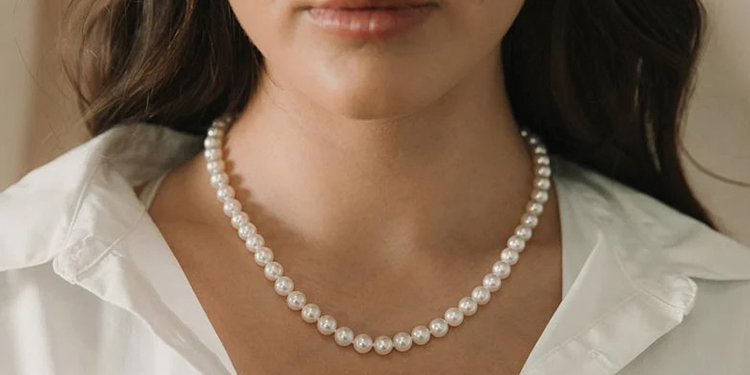
To clean a real pearl necklace, here's what you should do:
●Wipe the pearls gently with a soft, damp cloth to separate any surface dirt or grime.
●Use mild soap. Remember to remove the soapy residue with a damp cloth afterward.
●To clean the clasp of a real pearl necklace, use a Q-tip dipped in a jewelry cleaner compatible with the metal of the clasp. A small amount of toothpaste can be used for hard metal clasps without gemstones. Ensure the cleaning agent does not contact the pearls to avoid any potential damage.


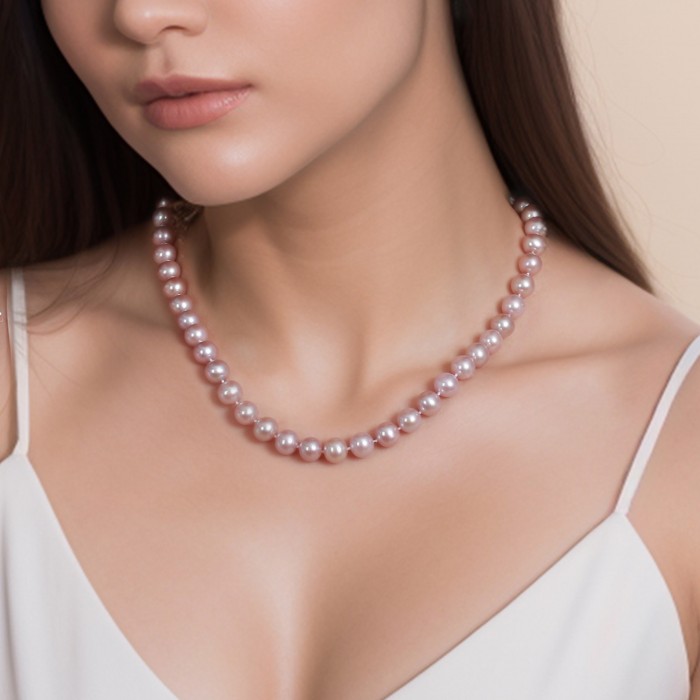
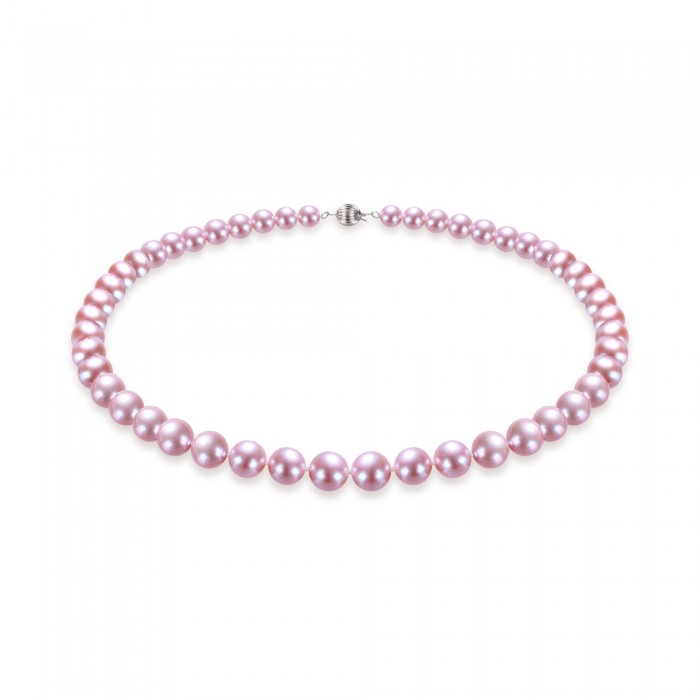
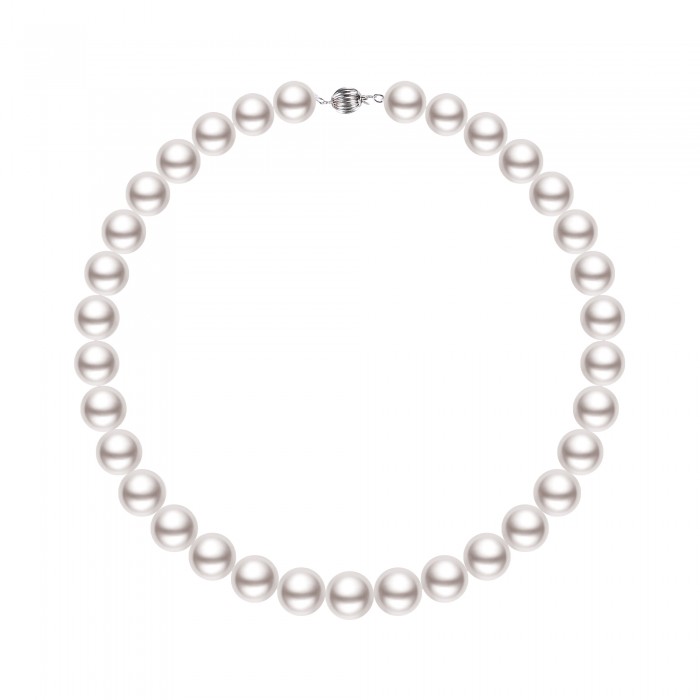
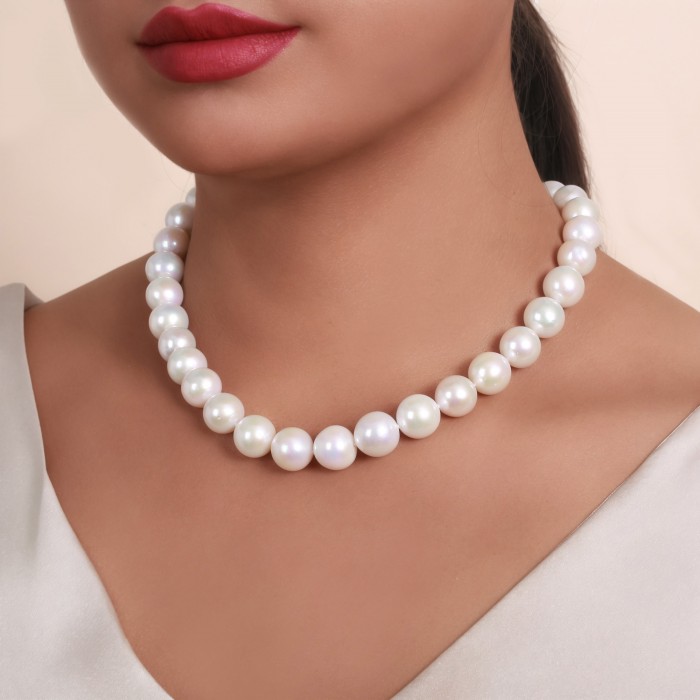
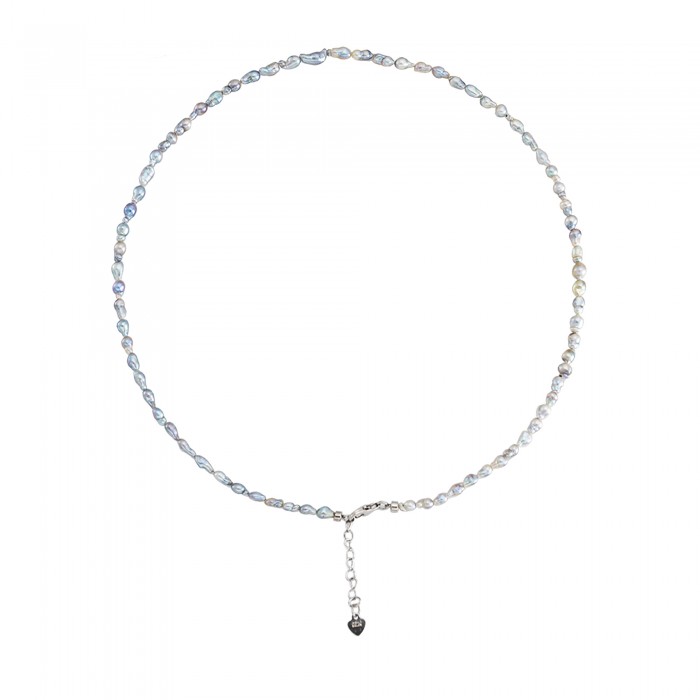
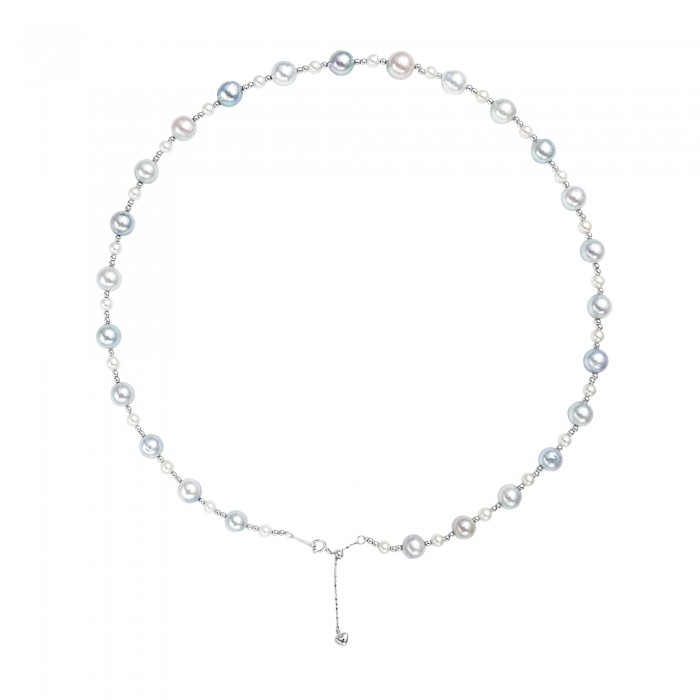
2 Comment(s)
Thank you! valuable information.
The pearls that I have are my moms she passed away years ago. She told me her brother was in Japan and bought them for her roughly fifty years ago the clasp says Japan on it.could you tell me if they are real?
Leave a Comment